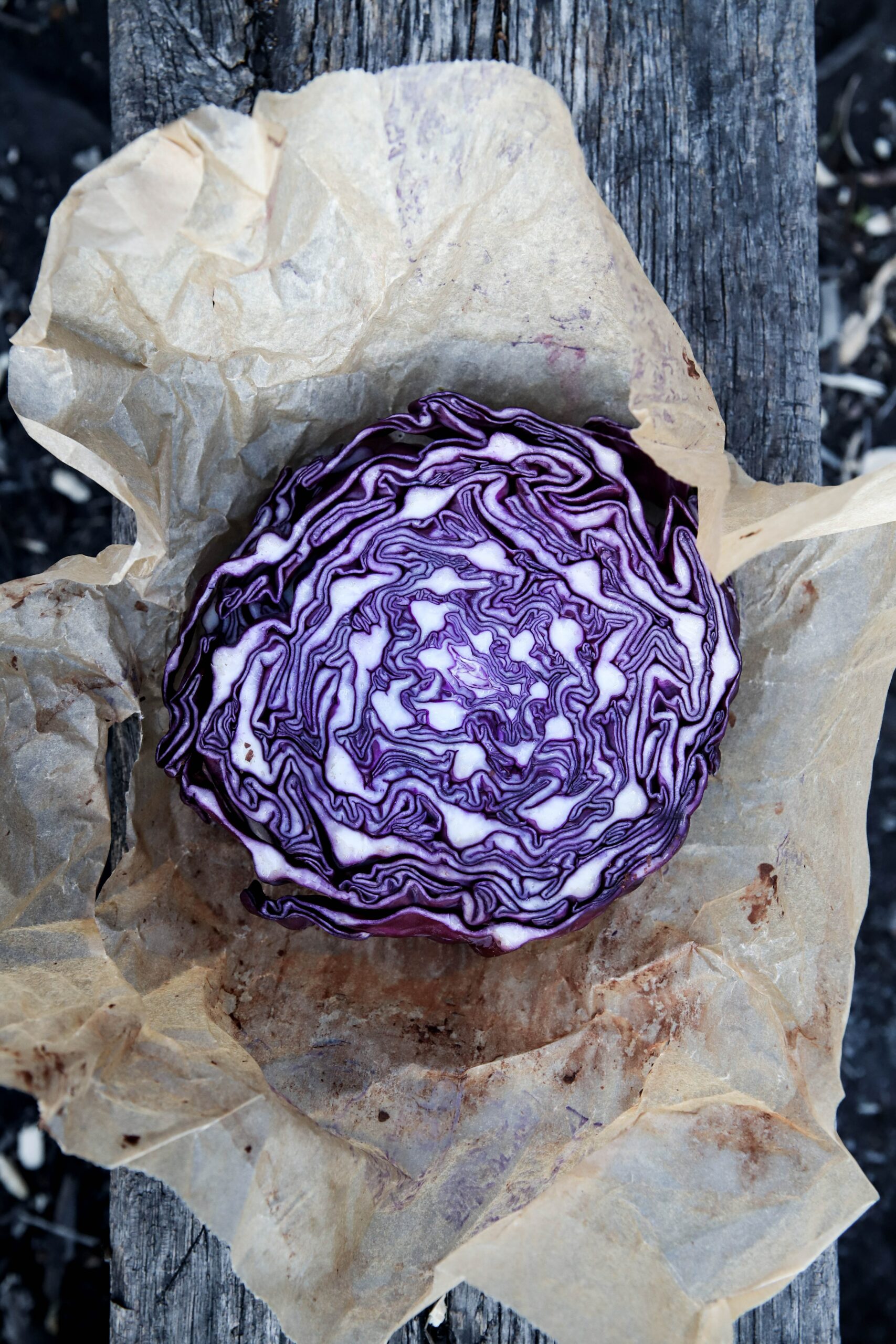Familie
Malvengewächse (Malvaceae)
Die Ceiba speciosa ist der seltsamste und schönste Baum, den ich je gesehen habe, und heute ist er ein fester Bestandteil meines täglichen Lebens. Sie wächst natürlich in den Wäldern Nordargentiniens, ist aber auch auf einigen Plätzen und Parks auf Teneriffa zu finden. Ich liebe die Aussicht unter seinen Ästen.
Der mit dem Affenbrotbaum verwandte Baum ist an seiner beachtlichen Höhe, aber vor allem an seinem bauchigen, manchmal verdrehten Stamm zu erkennen. Sie hat sogar die Fähigkeit, Wasser in ihrem Stamm zu speichern. Aus diesem Grund widersteht sie der Trockenheit. Es ist auffallend, dass viele der Mythologien, die sich darauf beziehen, Wasser beinhalten (siehe unten). Außerdem entwickelt sie sowohl an ihren Ästen als auch am Stamm Dornen.
Sie blüht im Sommer und Herbst, von Januar bis Mai. Seine Blüte ist vielleicht eine seiner größten Attraktionen, deshalb hat dieser Baum eine große ornamentale Verwendung. Die rosafarbene Blüte ist ca. 15 cm groß und hat 5 Blütenblätter. Sie wird normalerweise von Kolibris, Insekten und einigen Fledermäusen bestäubt. Seine Frucht ist eine 20 cm lange Schote. Im Inneren, das die Samen bedeckt, befindet sich eine Art Baumwollfaser, die sehr nützlich ist. Mit dieser Faser, die die Besonderheit hat, antiallergisch zu sein, werden Matratzen und Kissen gestopft. Traditionell wird sein Holz zur Herstellung von Kanus verwendet.
Es gibt eine weitere Art der weißen Blume (Ceiba chodatii), die den Namen Palo borracho de flor blanca oder Yuchán erhält.

